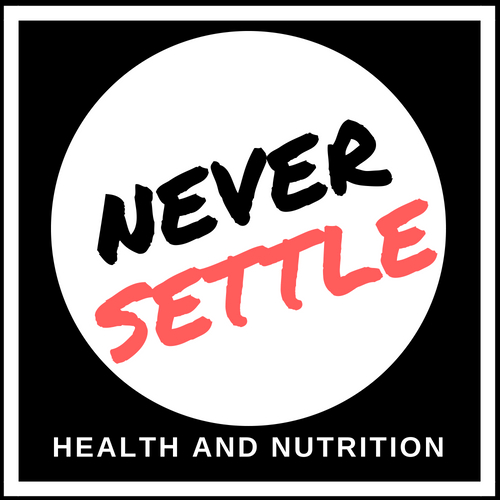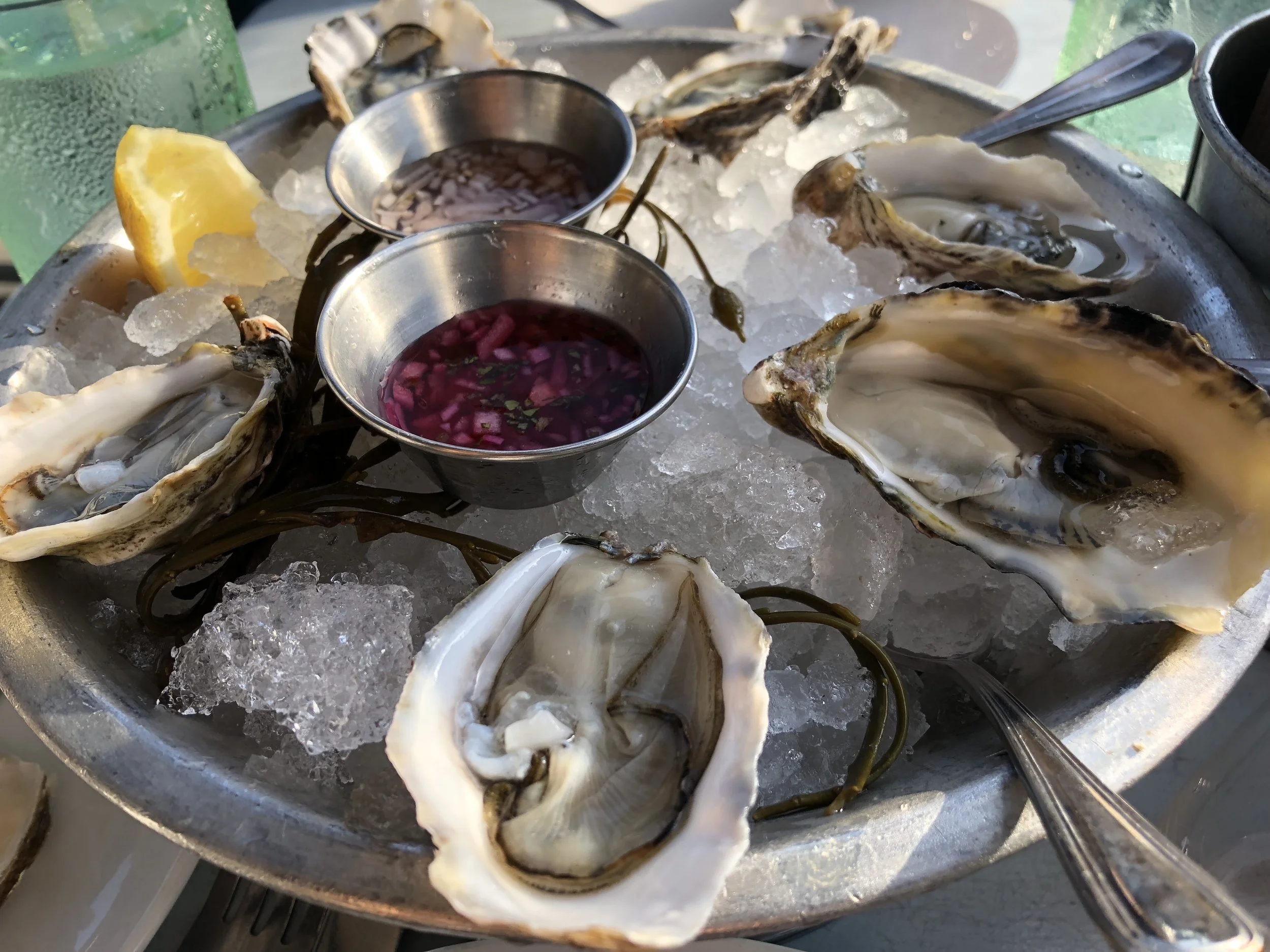After veggies, including adequate seafood in your diet is one of the best things you can do for your health. One of the main reasons is that they are the best source of long chain omega-3 fatty acids. By now, most people have heard about the importance of omega-3’s in your diet and rightfully so! Omega-3’s are a key building block of important anti-inflammatory hormones in our body. And while I will I always advocate for whole food in place of supplements, in this case it is particularly true. Omega-3 oils are very delicate and susceptible to damage due to heat and light and the process of extracting these oils, putting them into a capsule, and storing them appropriately can be problematic.
But omega-3’s are not the sole reason to eat seafood! Seafood is one of the best sources of protein containing a very balanced quantity of all of the essential amino acids (and then some) as well as being the highest food source of Vitamin D. With all these benefits, I recommend 5-6 servings per week! (If you are worried about mercury levels with this frequency of consumption, check out this wonderful blog post from Sarah Ballantyne. There’s a lot of interesting science in this post, but the takeaway is that there’s only a few fish you need to avoid: pilot whale, tarpin, swordfish, shark, marlin, king mackerel, and tilefish.)
Unfortunately, seafood tends to be more costly especially the preferred wild caught versions. So, it really makes sense to spend some time familiarizing yourself with some of the options.
I don't tend to buy either meat or seafood at a normal grocery. While high quality seafood is definitely available at higher end stores like Whole Foods or specialty shops, the cost tends to be very high. Costco does sometimes have wild caught seafood especially in the frozen section. I’ll browse my usual stores and Costco occasionally, but there’s not enough consistency in what they offer for me to rely upon it.
One exception to this rule is canned fish: tuna, sardines, anchovies, salmon, etc. This is a very affordable and convenient way to include some fish in your diet. Some things to look for on the label: wild-caught (100% pole and line caught), BPA free cans, and what it is packed in. If the fish is packed in oil, it should be 100% olive oil. This is where labeling laws are lousy…like salad dressings the front of the can may say “Packed in olive oil”, but the ingredients list includes inflammatory oils such as soybean or canola oil. So, look at the ingredients list not just the packaging. It is perfectly fine to get fish packed in either oil or water, but if it is packed in oil you’ll want to use the oil instead of draining it in order to capture the omega-3 oils which can dissolve into the olive oil from the fish. You may recall the saying from high school chem “like dissolves like”. That’s what’s happening here!
But actually my favorite two brands for tuna aren’t packed in any additional liquid which means you don’t need to bother worrying about any of that! The two brands I purchase are Wild Planet and Safe Catch. Both are available on Thrive Market and usually you can purchase a 6 pack of Wild Planet tuna at Costco.
A second exception is smoked salmon. I always pick that up at my local Whole Foods 365. Their wild caught store brand is free from sugar and other weird ingredients like dyes. A surprising number of brands are full of these (as well as other weird stuff) so read your labels! One of my favorite easy lunches is pairing some smoked salmon with salad or avocado (or both) and liberally seasoning with Trader Joe’s Everything but the Bagel blend.
For my other seafood, if I don’t get lucky at Costco or 365, I’ve been depending on Thrive Seafood Wild-Caught Box. It’s kind of got it all-good variety, good flavor, good pricing, and delivered to your door!
If cost is no object or for special occasions some local Westside options include: farmer’s markets and Santa Monica Seafood. VitalChoice seafood is another great online option. A bit more expensive, but they are really committed to great quality.
Since I’m a nutritionist and a decent home cook but nowhere close to a chef, I confess I’m not confident going beyond basic fish, shrimp, scallops, and lobster at home. But I love eating mollusks (oysters, clams, and mussels) when I’m out! Oysters in particular are one of the must nutrient dense goods around, particularly in zinc and B12. Some local favorites: Blue Plate Oysterette (Happy Hour!) and The Albright. Santa Monica Seafood also has oysters on their Happy Hour, but I’ve yet to try them. Sadly, there’s only 3 meals a day, y’all! May at least one of them be filled with delicious and nutrient dense seafood!
Happy Hour at Blue Plate Oysterette


